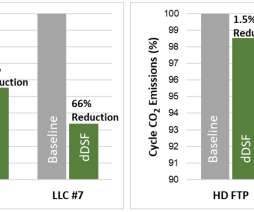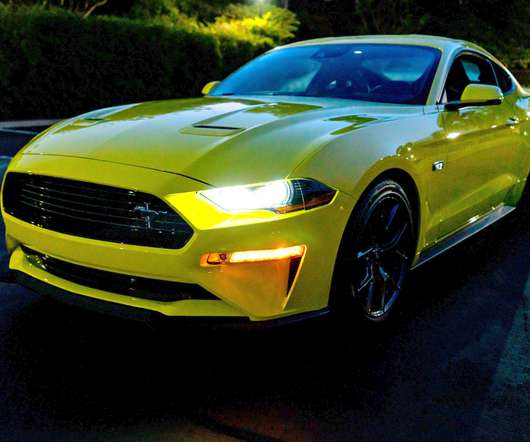Tula presenting diesel Dynamic Skip Fire technology at Future Diesel Powertrain Summit in Shanghai
Green Car Congress
SEPTEMBER 23, 2020
Comparison of baseline and dDSF CO 2 and NO x on HD FTP cycle and LLC. dDSF improves fuel efficiency by firing all events at the most efficient ratio of air to fuel, allowing optimal combustion at all engine output levels. Cylinder deactivation also reduces excess engine airflow, increasing exhaust temperatures. Source: Tula.






































Let's personalize your content